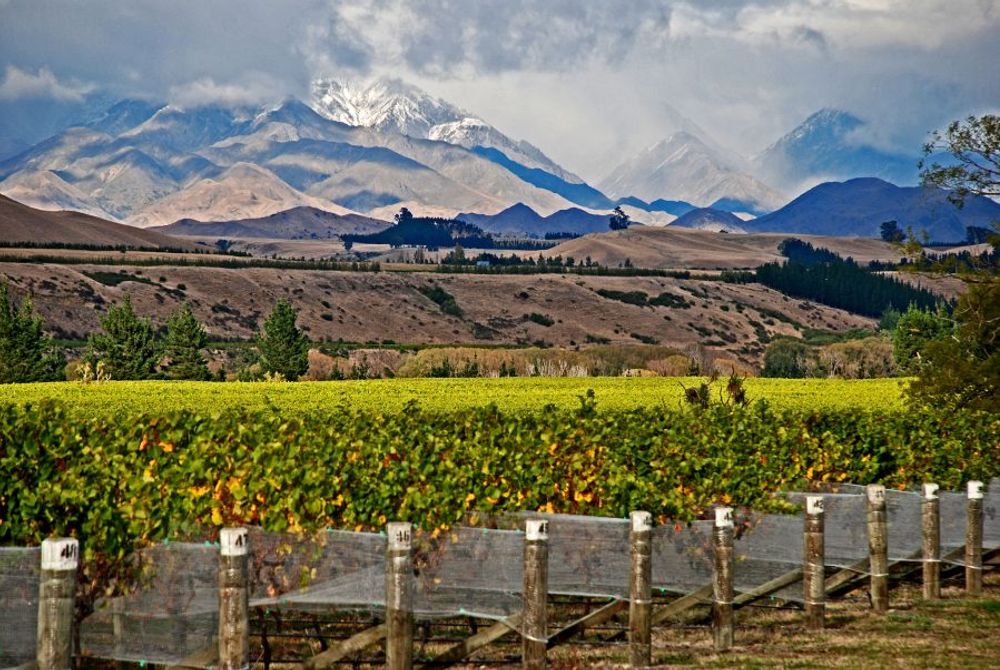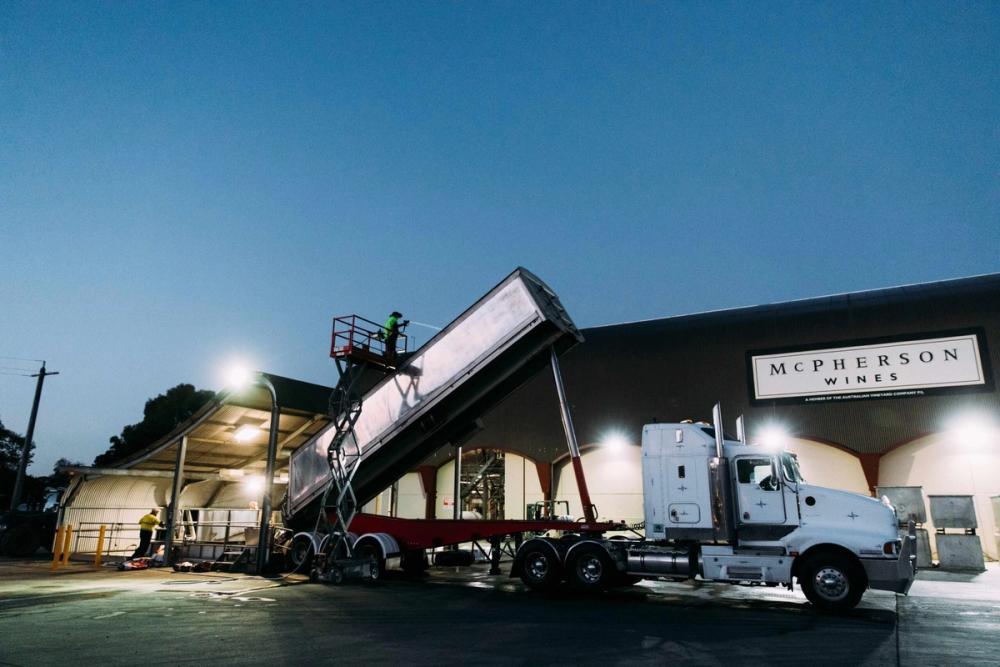Experience, long-term relationships and advance planning all come to the fore when there are shortages in the global wine harvest, as Lesley Cook, director of purchasing at Lanchester Wines, explains to David Kermode.
What have you already seen in terms of demand and supply from the key markets you buy from?

The shortage in the New Zealand wine market has had a knock-on effect on wine markets all over the world
New Zealand’s 2021 harvest problems, growing global demand and an exceptionally small harvest, have been well publicised. Due to the pandemic, they also suffered a labour shortage which added to increased production costs across the board. Looking back at the history books, there has never been a really small harvest followed by a substantial one, so we are expecting 2022 to be a small-to-average harvest. Though prices are unlikely to be as high as this year, they will almost certainly be considerably higher than we have been used to in recent years. So, even if there’s good news from the next harvest – and we hope there is – we’re still not going to be anywhere near where we were in 2019 or 2020.
Australia’s wines are just hitting the UK now. The 2021 harvest was good, with whites around the same price as last year and reds falling slightly, especially Shiraz, due in part to the geopolitical issues which have resulted in a drop in demand from China.
In Chile, we have seen steady prices on most wines. But there’s been a significant rise in the cost of Chilean Sauvignon Blanc, with increases of between 15% and 18% due in large part to buyers switching from New Zealand. While in Argentina, pricing is similar to last year though Malbec has increased slightly.
In California, the volume of red wines is fairly stable, as is pricing but whites are in high demand and needed to be contracted early. White Zinfandel is becoming scarcer because there has been a lot of ‘grubbing up’ in the last few years due to the lack of domestic demand. This has driven pricing up and availability down, but we contracted early for 2021 to secure supply.
What about the impact of the poor harvests in Europe?

Moldova will be a key source for wine – as will other areas of Eastern Europe, says Lanchester Wines
We don’t ship any bulk from France, Germany, Italy or Spain, so the effect is not going to be too significant, however, we do obviously import finished wines from the European markets, so I suspect we are going to see some pricing issues there.
We have noticed the knock on effects already, with Moldova seeing unprecedented demand for its Pinot Grigio. I have already secured deals, thankfully. We were one of the first, in recent years, to buy bulk from Moldova, but now others are starting to move to Eastern Europe, realising the quality and value on offer.
Are you seeing the effects of the Sauvignon Blanc shortage feeding through into prices in the other countries?
Oh yes, we most definitely are. Thankfully, I had advance warning from my contacts, so we went to South Africa early to secure a supply of Sauvignon Blanc for our customers, creating a new brand, Moloko Bay, to take the place of the hugely popular Nika Tiki (Marlborough Sauvignon Blanc) in the portfolio. Other buyers followed us to South Africa, but when news emerged of the poor French 2021 harvests, there was a rush of European buyers heading there.
You must be mightily relieved that you got in early to secure a supply of Sauvignon Blanc from South Africa?
Absolutely. In fact I went back for more stock in the nick of time, around 10 weeks ago. Moloko Bay was already proving be a great success, thanks to its quality, and I could see the way things were heading with the poor French harvest, so I went back and managed to secure another significant parcel just before the European buyers descended.
I have to say the South African wine industry deserves its current success, because they have had a really tough time of it, with the effects of the pandemic and the alcohol bans, so I am really pleased to see them fighting back and achieving good prices for the wines.
What if New Zealand has a bumper harvest again.Will you just switch back from South Africa?

Lanchester Wines has made a commitment to its new South African producers that they will continue to buy and make wine there even when global harvests settle down again
No, we are in this for the long term. We made a strategic decision to switch to South Africa and made a significant investment in a new brand, Moloko Bay, so that’s not going anywhere, I can assure you. If supply returns from Marlborough, then we will, of course, continue with Nika Tiki, as it had been a very popular wine, but there is room for both. I have always stressed the importance of long-term relationships with our suppliers and we have made a real commitment to South Africa.
You launched Moloko Bay at the start of August.How has it performed?
We are very happy with it. It has been very well received by our customers and sales are growing.Obviously, like the rest of the industry, we have had some logistical challenges with shipping, but those seem to be settling down and we have not struggled to bring it over, fortunately.
What do you think will be the overall effects on pricing?
In short, we’ll see prices rise. The cost of the wine has gone up, shipping costs have gone through the roof and internal haulage has increased. Across the board, production and sourcing costs are increasing, even through to subsidiary good – for example, pallets have risen from £7.50 to £19.50 per pallet this year while Packaging Waste PRN will increase from 2p per case (June 2020) to 15p per case (2022).
It sounds very challenging?

Long term partnerships with wineries like McPherson in Australia is helping Lanchester Wines navigate its way through global wine shortages
It is. In a 30-year-career, I have never known it this difficult, however we are all in the same boat and we have been able to mitigate some of the effects through good contacts and advance planning. Thankfully, due to advances in the technology used for bulk wine shipping, the quality of the wine is as good as when it left, even with the significant delays.
What’s the key to keeping going at the moment?
Relationships are key. Lanchester Wines doesn’t spot buy, we have long-term contracts and we don’t mess around on payment. When the world is full of wine and everyone is desperate to sell, life is easy, anyone can buy a tank of wine. When the harvest fails, demand increases, earthquakes happen, shipping crises occur and you are hit with a pandemic, then those relationships are truly what saves the day.
- Lanchester Wines is a partner to The Buyer.
- You can find out more about Lanchester Wines at its website here.










































